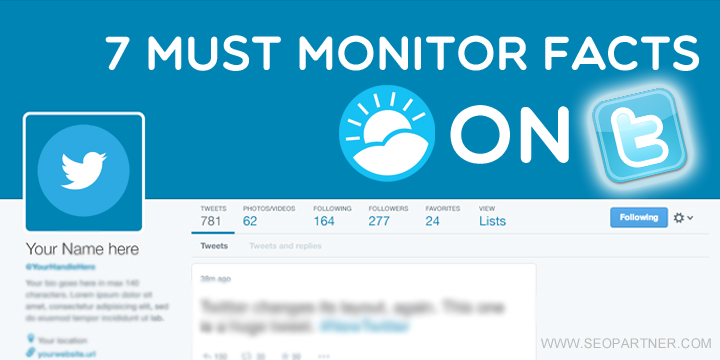Source: http://www.socialmediaexaminer.com/how-to-optimize-your-social-media-schedule-for-maximum-impact/
Businesses these days have their own string of social media accounts to help advertise and promote their current products and services. It is not all the time that someone can manually post updates or share valuable information on these pages, so post scheduling is absolutely important.

Social Media Scheduling
There are important things that business owners or website admins must know in order to optimize the full potential of your post, thru scheduling.
1. Create a calendar of your posting frequency.
Just like plotting your tasks and schedule at work or even in class, it is as important to plot how frequent you share information or post updates in your social media pages. This will help you monitor your social sharing consistency. Online tools such as Socialbakers, Salesforce, Buffer, SumAll and Brands can help you track the number of posts you can do daily.
2. Choose the best time to post.
When you already figured out the best days to post, you have to determine the best time to share your post. Do some experiment by posting at different times of the day. Check the engagement stats from these times and analyze the data with the help of online tools. Quicksprout, Buffer and Fast company can give you insights as to which time is the best time to post and not to post.
3. Spread out your social media sharing.
If you already have great content, it is recommended to share it more than once. Sharing your content more than once can get you 3,150% more traffic all within your first day of publishing.
4. Make variations of your message.
When sharing your posts to a wide network of readers, it is important to vary your message on your post’s introduction. You can reference quotes from people in your posts or entice your readers by presenting a part of your meta description to your audience.
5. Monitor and review your posts.
Knowing how and when to post is equally important as to knowing when to retire it. Track the metrics of your posts regularly to find out which are gaining traffic and which are becoming less interesting to readers.
